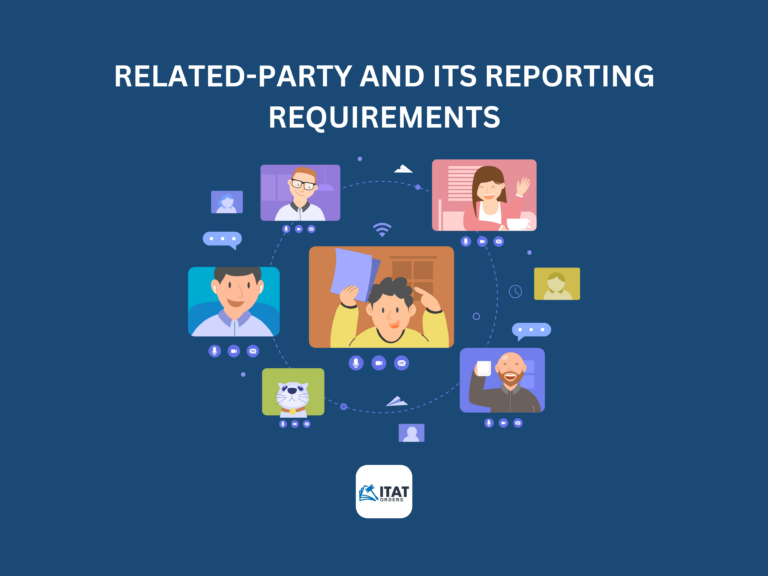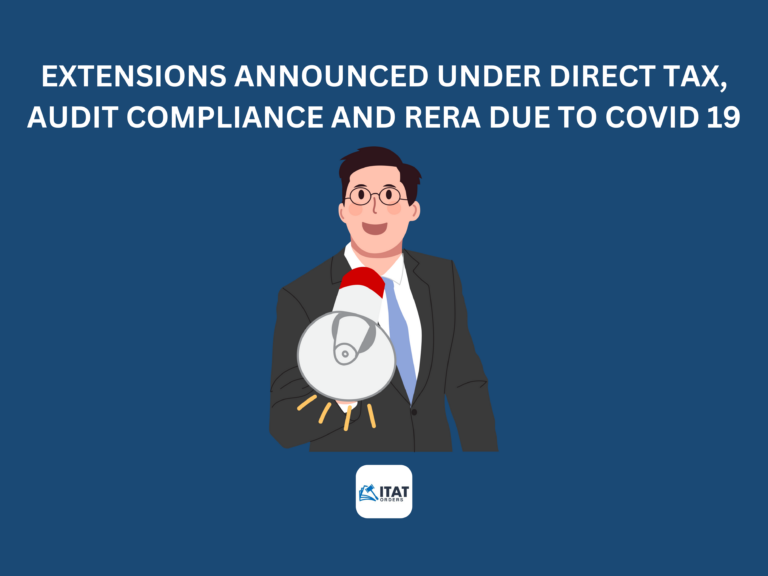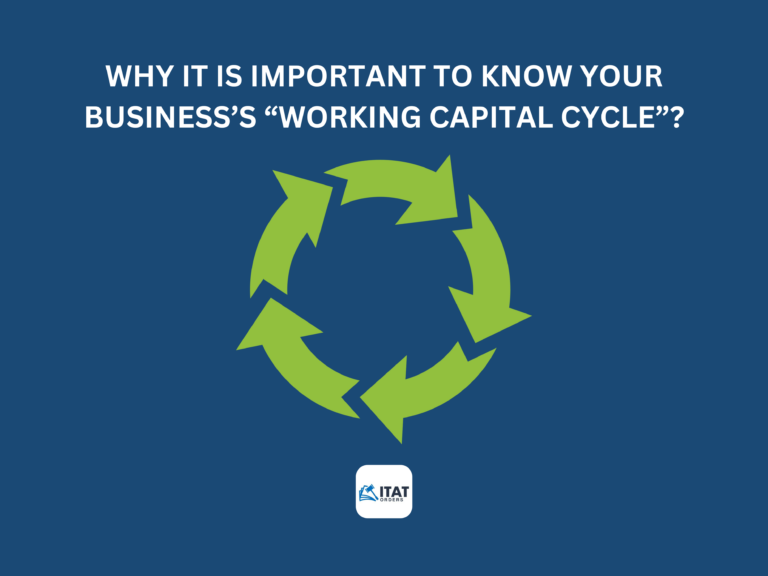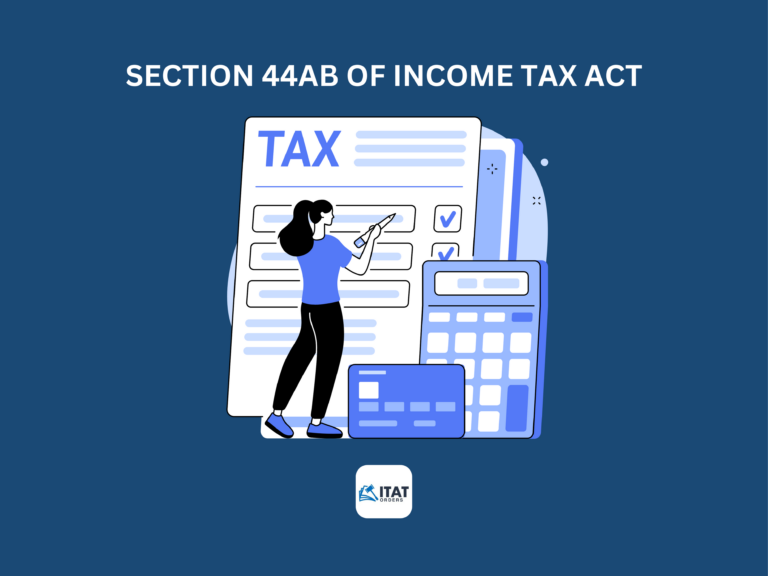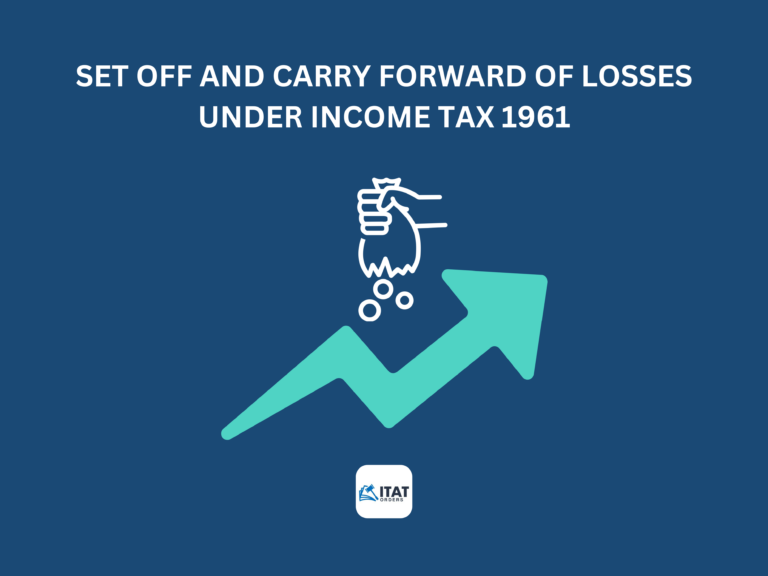Meaning of related party
So what does the term ‘Related Party’ mean.? How important this is to companies and individuals. What are the conditions to be recorded or understood before any transaction takes place? When and How it is to state in the books of account? When will the transaction be called as related party transaction? What if all the requirements required are not followed?
Well.., As per IndAs 24;
A related party is an individual or entity connected to the reporting entity;
- An individual or a close member of the family of that individual is connected to a reporting agency where that person has authority, shared authority or substantial influence over the organization or is a member of its key management staff.
- An entity is linked to a reporting entity’s parent, subsidiary, fellow subsidiary, partner, or joint venture, or is owned jointly owned, or substantially affected or operated by a related party.
Now, it’s time to know about Related-party transactions which is a transfer of resources, services, or obligations between a reporting entity and a related party, irrespective of whether a price is paid. Accordingly, IAS 24 specifies that it discloses the existence of the related party relationship as well as information on certain transactions and deferred balances, including obligations, required for users to recognize the possible impact of the relationship on the financial statements. Thus, IAS 24 requires an entity to disclose key management personnel compensation in total and by category as specified in the Standard.
So, let’s have a look at the disclosures that need to be made:
- Relationships between the parent and the subsidiaries should be disclosed irrespective of whether any transactions have been made or not. Unless the parent of the company or the ultimate controlling party does not produce consolidated financial statements, instead the next senior parent shall be designated for public use of the consolidated financial statements.
- An entity will report the compensation total to the main management personnel for each of the categories such as short-term employee benefits, post-employment benefits, termination benefits, share-based payment and other long-term benefits.
- If main management resources are provided by another company, instead it must report only the sums paid for the delivery of such resources.
- If, throughout the financial year, the company has dealings with the related party, it shall report the existence of such dealings, as well as all the information such as the number, unpaid balances and obligations, the provision of questionable debts, and the costs recognized in respect of poor and uncertain debts.
The disclosures for similar items can be made in aggregate except when separate disclosure is necessary to understand the effects of related party transactions on the financial statements.
As per Companies Act, 2013 under section 2(76) which defines a related party, with reference to a company to mean;
- Director or a key managerial person or their relatives or
- A firm, private co. in which the partner, director/manager or his relative is a partner or
- A private co. or a public co. in which a director holds along with his relatives, more than 2% of its paid-up share capital.
Now,
Related Party Transaction as per sec 188
Exemption from sec 188 where such a transaction takes place during the ordinary course of business and at arm’s length price. Where Arm’s length price means if a company is entering into any transaction with its related party then that price which the company would have taken or given if such transaction would have taken place with any unrelated party i.e. the actual market price of that good, property or service. Therefore any transaction made at arm’s length price called arm’s length transaction and such transaction did not require approval of the board for its completion.
Disclosure Requirements;
Disclosures to be made in the notice of Board Meeting;
- name of the related party and nature of the relationship;
- nature, duration of the contract and specifies of the contract or arrangement;
- material terms of the contract or arrangement including the value, if any;
- any advance charged or earned for the contract or arrangement, if any; and
- the manner in which prices and other terms of trade are calculated, both included as part of the contract and not considered as part of the contract;
- whether all factors applicable to the contract have been taken into account, if not, the specifies of factors not included with the justification for not taking into account certain factors;
- any other information relevant or important for the Board to take a decision on the proposed transaction.
Disclosure by interested directors;
Every representative of an organization involved or engaged in a contract or arrangement or a planned contract or arrangement entered into or to be entered into in some manner, explicitly or indirectly;
- with a body corporate in which such director or such director in association with any other director, holds more than 2% shareholding of that body corporate, or
- with a body corporate in which such director is a promoter, manager, Chief Executive Officer of that body corporate; or
- with a firm or other entity in which, such director is a partner, owner or member, as the case may be
Shall disclose the nature of his concern or interest at the meeting of the Board in which the contract or arrangement is discussed.
Disclosures to be made in Register of contracts or arrangements in which directors are interested;
Every company shall maintain one or more registers in Form MBP 4, and shall enter therein the particulars of contracts or arrangements with a related party with respect to transactions to which section 188 applies.
Consequences of non-compliance:
- If any related party transactions or contracts are signed without the consent of the board and/or members and if, as the case may be, the board and/or members do not ratify the agreement within 3 months at a meeting, the contract or agreement will be voided at the Board’s discretion and if the agreement is with any related party any director or approved by any other director then the concerned directors are liable to indemnify the loss incurred by the company.
- In addition, the company can also move against a director or employee who, in contravention of the provisions of this section, has entered into such a contract or arrangement to recover any damage suffered by the company as a result of such contract or arrangement.
- Any director or other employee of a company who has entered into or approved a contract or agreement in violation of the provisions of this section shall:-
- In the case of listed co. be punishable by imprisonment for a period of up to 1 year or by a fine not less than Rs. 25,000/- but extending to Rs. 5,00,000/- or both;
- In case of any other co. a fine of no less than Rs. 25,000/- but which may extend to 5,00,000/- shall be punishable.
- Another is ineligible to be a director for five years if, within the last five years preceding it, he is convicted of an offense associated with related party transactions.
As per, Sec 40A(2)(b) The persons referred to in clause (a) u/s 40A(2) are the following;
- In case the individual is an assessee relative of the individual.
- In case the assessee is HUF/ Firm/ Company/ Association of Person any director of the company, partner of the firm, or member of the association or family, or any relative of such director, partner or member
- any individual who has a substantial interest in the business or profession of the assessee, or any relative of such individual;
- a company, firm, association of persons or Hindu undivided family having a substantial interest in the business or profession of the assessee or any director, partner or member of such company, firm, association or family, or any relative of such director, partner or member or any other company carrying on business or profession in which the first mentioned company has substantial interest;
- a company, firm, association of persons or Hindu undivided family of which a director, partner or member, as the case may be, has a substantial interest in the business or profession of the assessee; or any director, partner or member of such company, firm, association or family or any relative of such director, partner or member;
- any person who carries on a business or profession,
- where the assessee being an individual, or any relative of such assessee, has a substantial interest in the business or profession of that person; or
- where the assessee being a company, firm, association of persons or Hindu undivided family, or any director of such company, partner of such firm or member of the association or family, or any relative of such director, partner or member, has a substantial interest in the business or profession of that person.
Explanation — for the purposes of this subsection, a person shall be deemed to have a substantial interest in a business or profession, if,—
In a case where the business or profession is carried on by a company, such person is, at any time during the previous year, the beneficial owner of shares (not being shares entitled to a fixed rate of dividend whether with or without a right to participate in profits) carrying not less than twenty percent of the voting power; and
In any other case, such person is, at any time during the previous year, beneficially entitled to not less than twenty percent of the profits of such business or profession.
The word relative is defined u/s 2(41) of the Income Tax Act in relation to an individual, as the husband, wife, brother or sister or any lineal ascendant or descendant of that individual.
It is disclosed in the company’s annual report which details related party disclosures providing a better understanding of the company’s operations.
An auditor is required to give in a tax audit report payment details for the persons specified in the part 40A(2)(b) of the Form 3CD(Audit Tax Report) referred to in Clause 23. The information to be disclosed in clause 23 can be found easily from the Related Party Disclosures under AS 18 in the Notes to Accounts of Audited Financial Statements as tax audit is normally conducted after the statutory audit. However, the related parties as per AS 18 and the persons covered u/s 40A (2)(b) are not completely the same.
Conclusion
There is no consistency between the criteria of the Companies Act, 2013, Sebi norms, and Accounting principles for related parties. The Companies Act, 2013 requires disclosure at the time of contract or agreement while the accounting norm requires disclosure at the time of transaction. Clause 49 adds to the definition provided under the Act a new class of related parties that includes close family members, fellow company organizations, joint ventures of the same third party that their combinations which are not in the accounting norm or the Companies Act. Revised Clause 49 includes the consent of shareholders for all transactions of material related parties, with no provision for transactions in the ordinary course of business or arms-length. The related party transactions are thus widespread and form part of all business group activities.
